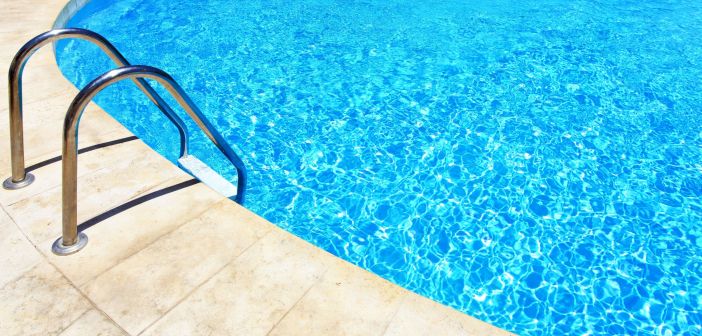What Are Pool Chemicals?
Swimming pool chemicals are the disinfectants and sanitizers, which are added to the pool to prevent the growth of algae as well as bacteria. Some swimming pool chemicals may also be used in hot-tubs, whirlpools and wading pools. Chlorine is one of the pool chemicals that is the most common. It usually comes from chlorinating agents- the chemicals that release chlorine once they dissolve in water. In addition to keeping the water clean, chlorine also keeps the walls and the bottom of your pool clean. Gas for pools has gained popularity in the recent past and is mostly used in large pools. Chlorine is contained in pool chemicals, such as calcium hypochlorite and sodium hypochlorite, and they come as tablets, granules and sometimes liquid. When they are added to pool water, they react forming various chemicals notably hypochlorous acid whose work is to kill bacteria and other pathogens. There are other chlorinators used that include stabilizing agents, such as cyanuric acid. This one reacts with chlorine to form a more stable compound.
Pool Chemicals and After Use Safety
Pool chemicals can cause injuries, and this is the reason there is a prescribed method of handling them. It is important to avoid mixing pool chemicals with other materials as this could cause a fire or the release of toxic fumes. It is not safe to swim after adding pool chemicals until they have fully dispersed, dissolved and diluted in the water. Pool chemicals can emit harmful gases if they are mixed with each other and can cause damage to other materials and humans. According to GC Pool Service St. Petersburg, “The exact amount of time you need to wait can be found on the product label directions, but to be sure it is safe for you to swim again, you should test the water to make sure it is perfectly balanced. It is safe to swim in a pool with a PH level in the range of 7.2 to 7.6 and a chlorine level in the range of 1 to 4 ppm. After using chemicals specifically for alkalinity balance, pH up, pH down, calcium balance, stabilizing water and clarifying, you must wait for about 20 minutes before you can swim.” For algaecide, Super Erace and shock chemicals however, it is recommended that you add them in the evening when everybody has left the pool, and it will be safe to swim in again the next day.
Keeping The Pool Clean
Correct water chemistry is the only way to keep the pool clean and safe for users.
Here are some tips for pool maintenance and use of chemicals that can save you both time and money:
- Chlorine tablets must always be used in a chlorine feeder for pools.
- Use pool or spa test strips to test the chlorine level in your pool.
- Always add shock at night; how much you need to add will depend on the size of your pool.
- Test the pH level of the water; it should have a pH of 7.2.
- The type of algae treatment you should do depends on the color of algae in your pool.
- Do a water balance test on your pool twice a week.
- Adjust alkaline level in your pool first, then the bromine or chlorine, then the pH.
It is recommended that pool chemicals be handled by a pool maintenance expert. Children or teenagers should never handle pool chemicals. When it comes to the purchase of pool chemicals, they are best bought from pool supply stores where you can get tips for use and safety.




